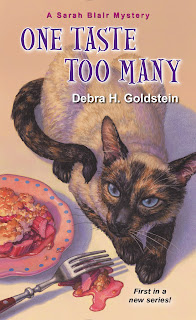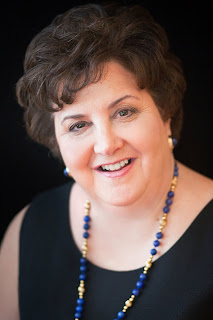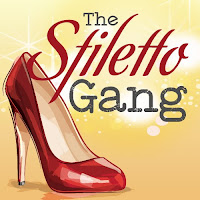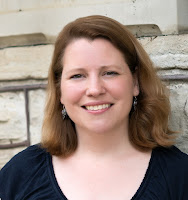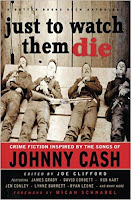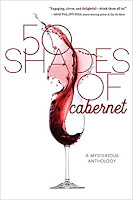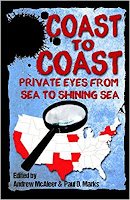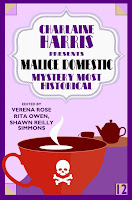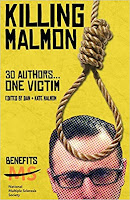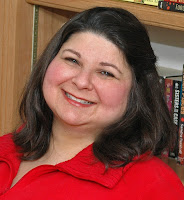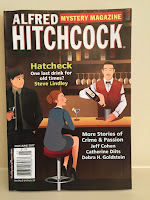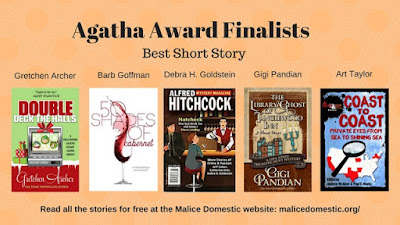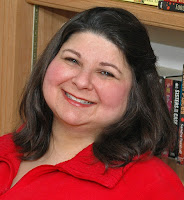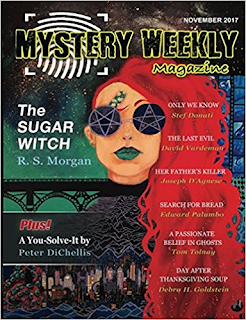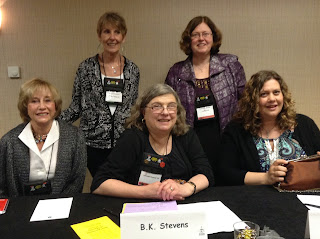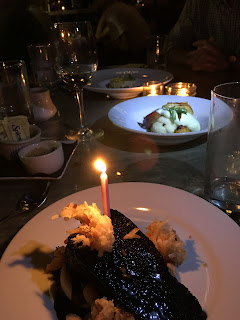Untitled Post
(New England) Town by Barbara Ross and Debra H. Goldstein
It’s axiomatic that settings in cozy mysteries are a part of
the subgenre’s appeal. In the ideal cozy series, the reader mentally moves into
the series setting. People who don’t read cozies often think the towns are
generic, but actually, a setting for a cozy has to specific. Even if the town is fictional, it needs to feel like it could exist for the magic to work.
Debra H. Goldstein
and Barbara Ross both recently
released mystery novels. Debra’s One
Taste Too Many, the debut in her Sarah Blair Mystery series, takes place in
Wheaton, Alabama. Barbara Ross’s Steamed
Open, the seventh in her Maine Clambake Mystery series, takes place in
Busman’s Harbor, Maine.
Recently, Debra and Barb got together to talk about the
differences between their small southern and New England towns.
Barb: First off,
Debra, congratulations on your series debut. So exciting!
Before we dive in, tell the readers something about Wheaton, Alabama.
Is it a real town? Is it near
a bigger metropolitan area?
Debra: Thank
you! Except for the bridge and river
walk I stole from Wetumpka, Alabama, Wheaton
square houses its Alabama crystalline white marble public
buildings, including
city hall, the library, and the fire and police departments. Standing in the
square, one can turn in three directions to find where most of Wheaton’s five
thousand residents reside. While married, Sarah and Bill lived in a big home on
Main Street, with his mother in the carriage house behind them. The streets in
the fourth direction contain businesses, including the law firm where Sarah
works and the strip center with the restaurant where her twin is employed. There
is a big city fight going on as to whether Main Street should be rezoned as an
entertainment district.
minutes from Birmingham, the largest city in Alabama. Birmingham has more than
two hundred thousand people and has become a foodie destination
How about Busman’s Harbor? Does it being a tourist town have any impact
on your series?
Barb: Busman’s
Harbor, Maine is also fictional, though it has a lot in common with Boothbay Harbor,
Maine where my husband and I owned a house for many years. As the name
indicates, the town is on the water and the primary occupations are lobstering
and tourism. The populations swells to over 20,000 in the summer, but is only a
little over 2,000 in the off-season. Midcoast Maine is beyond the more
populated southern part of the state, but it’s still a lot more populated than
other parts of Maine
Being a tourist town has a huge impact on the Maine Clambake
Mysteries. My protagonist, Julia Snowden, runs a tourist business, an authentic
Maine clambake. One of the really fun things about writing the series is the
effect the seasons have on the stories. One thing my town has that I imagine
yours doesn’t is big snowstorms. There’s one at the climax of the fifth book, Iced Under.
Does being Alabama-based have any significant effect on your series?
noted, we don’t get many snowstorms. Every few years, though, we have an ice
storm that completely closes everything and, unfortunately, we have a tornado
alley. Other than the weather, being Alabama based influences my character
portrayal. My protagonist, Sarah Blair, speaks slower and softer than, for
example, a New Yorker. Many residents, like her mother, are colorful story
tellers; all of them take religion, politics, friendship, loyalty, and their
animals very seriously; and, none, except the Sarah we meet in One Taste Too Many, have a problem
looking anyone straight in the eye and saying, “Bless your heart” before
delivering an expression of sympathy or an insult.
Do your characters reflect your region of the country?
Barb: I’m
laughing because the main regional trait all my characters have in common is
that they don’t feel the need to chat when they run into one another in the
grocery store, and they don’t butt into (or even comment on) each other’s
business, which is occasionally handy when I don’t want Julia to get information
too quickly. My Main-i-est character is Gus, the proprietor of a restaurant and
Julia’s landlord. Gus only serves people who he knows, no tourists. He is based
on a real person who really did that. Julia’s mother comes from a wealthy
summer family, which is another kind of Mainer.
What about the food in your series? Is it regional?
Debra: For dishes
prepared by Chefs Emily, Marcus, or Jane, I incorporate a lot of farm to table
fresh ingredients, but there are some recipes that must be breaded and fried.
Sarah, being allergic to her kitchen, uses as many pre-prepped short-cut foods
and methods as she can find.
difference to my mind is the food. In addition to the clambake, the recipes in
my books focus on seasonal, local ingredients, so lots of fish, chowder and
wild Maine blueberries.
2018. Barbara’s novellas featuring Julia Snowden are included along with
stories by Leslie Meier and Lee Hollis in Eggnog Murder and Yule Log Murder. Barbara and her husband
live in Portland, Maine. Visit her website at http://www.maineclambakemysteries.com
It’s summertime in Busman’s Harbor, Maine, and the clamming
is easy—or it was until a mysterious new neighbor blocks access to the beach,
cutting off the Snowden Family Clambake’s supply. Julia Snowden is just one of many
townspeople angered by Bartholomew Frick’s decision. But which one of them was
angry enough to kill?
– /
Goldstein is the author of One
Taste Too Many, the first of Kensington’s new Sarah
Blair cozy mystery
series. She also wrote Should Have Played
Poker and 2012 IPPY Award winning Maze
in Blue. Her short stories, including Anthony and Agatha nominated “The
Night They Burned Ms. Dixie’s Place,” have appeared in numerous periodicals and
anthologies including Alfred Hitchcock
Mystery Magazine, Black Cat Mystery Magazine, and Mystery Weekly. Find out more about Debra at www.DebraHGoldstein.com
be messy. But things fall apart completely when her ex drops dead, seemingly
poisoned by her twin’s award-winning rhubarb crisp. Now, with RahRah, her cat,
wanted by the woman who broke up her marriage and Emily wanted by the police
for murder, Sarah needs to figure out the right recipe to crack the case before
time runs out. Unfortunately, for a gal whose idea of good china is floral
paper plates, catching the real killer and living to tell about it could mean
facing a fate worse than death—being in the kitchen!
Amazon: https://www.amazon.com/Taste-Many-Sarah-Blair-Mystery/dp/1496719476

